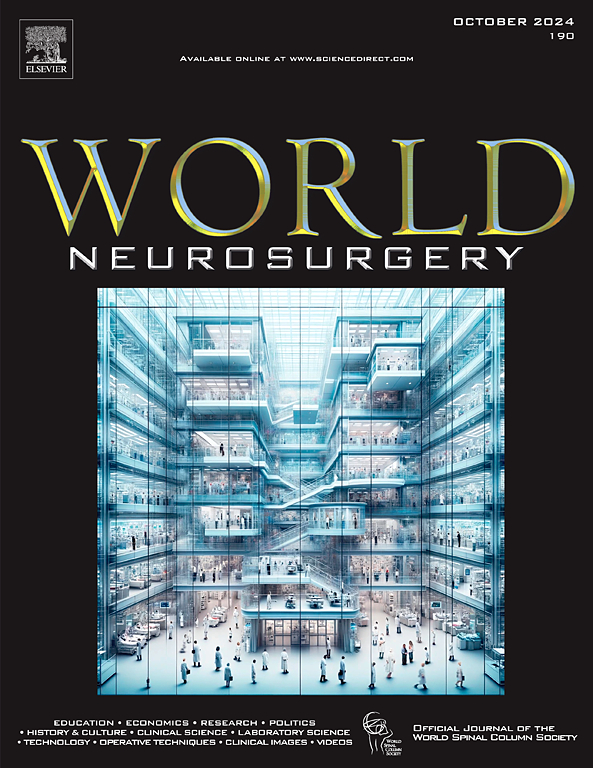Diagnostic Accuracy of a Deep Learning Algorithm for Detecting Unruptured Intracranial Aneurysms in Magnetic Resonance Angiography: A Multicenter Pivotal Trial
IF 1.9
4区 医学
Q3 CLINICAL NEUROLOGY
引用次数: 0
Abstract
Background
Intracranial aneurysm rupture is associated with high mortality and disability rates. Early detection is crucial, but increasing diagnostic workloads place significant strain on radiologists. We evaluated the efficacy of a deep learning algorithm in detecting unruptured intracranial aneurysms (UIAs) using time-of-flight (TOF) magnetic resonance angiography (MRA).
Methods
Data from 675 participants (189 aneurysm-positive [221 UIAs] and 486 aneurysm-negative) were collected from 2 hospitals (2019–2023). Positive cases were confirmed by digital subtraction angiography, and images were annotated by vascular experts. The 3D U-Net-based model was trained on 988 nonoverlapped TOF MRA datasets and evaluated by patient- and lesion-level sensitivity, specificity, and false-positive rates.
Results
The mean age was 59.6 years (standard deviation 11.3), and 52.0% were female. The model achieved patient-level sensitivity of 95.2% and specificity of 80.5%, with lesion-level sensitivity of 89.6% and a false-positive rate of 0.19 per patient. Sensitivity by aneurysm size was 72.3% for lesions <3 mm, 91.8% for 3–5 mm, and 94.3% for >5 mm. Performance was consistent across institutions, with an area under the receiver operating characteristic curve of 0.949.
Conclusions
The software demonstrated high sensitivity and low false-positive rates for UIA detection in TOF MRA, suggesting its utility in reducing diagnostic errors and alleviating radiologist workload. Expert review remains essential, particularly for small or complex aneurysms.
求助全文
约1分钟内获得全文
求助全文
来源期刊

World neurosurgery
CLINICAL NEUROLOGY-SURGERY
CiteScore
3.90
自引率
15.00%
发文量
1765
审稿时长
47 days
期刊介绍:
World Neurosurgery has an open access mirror journal World Neurosurgery: X, sharing the same aims and scope, editorial team, submission system and rigorous peer review.
The journal''s mission is to:
-To provide a first-class international forum and a 2-way conduit for dialogue that is relevant to neurosurgeons and providers who care for neurosurgery patients. The categories of the exchanged information include clinical and basic science, as well as global information that provide social, political, educational, economic, cultural or societal insights and knowledge that are of significance and relevance to worldwide neurosurgery patient care.
-To act as a primary intellectual catalyst for the stimulation of creativity, the creation of new knowledge, and the enhancement of quality neurosurgical care worldwide.
-To provide a forum for communication that enriches the lives of all neurosurgeons and their colleagues; and, in so doing, enriches the lives of their patients.
Topics to be addressed in World Neurosurgery include: EDUCATION, ECONOMICS, RESEARCH, POLITICS, HISTORY, CULTURE, CLINICAL SCIENCE, LABORATORY SCIENCE, TECHNOLOGY, OPERATIVE TECHNIQUES, CLINICAL IMAGES, VIDEOS
 求助内容:
求助内容: 应助结果提醒方式:
应助结果提醒方式:


